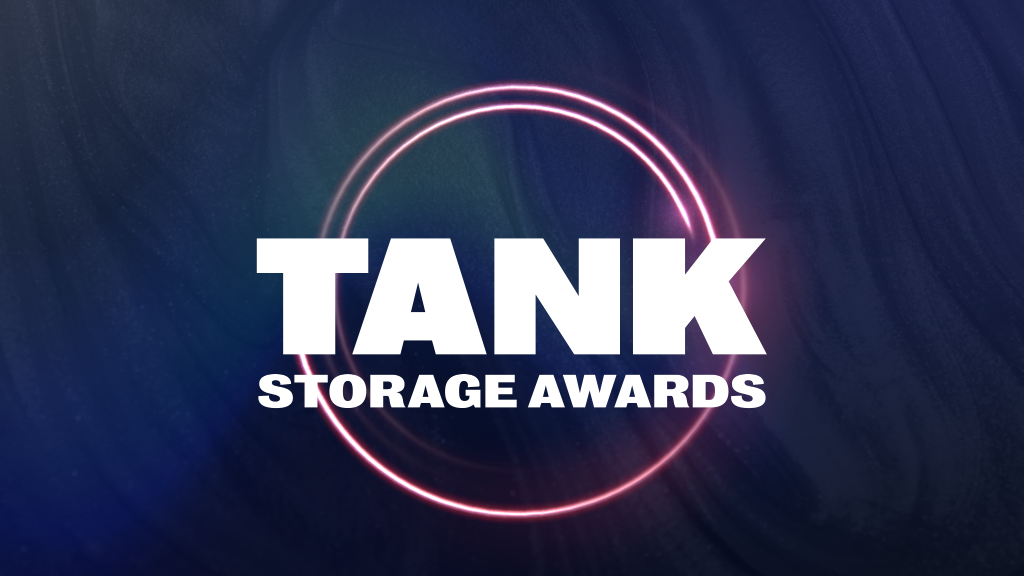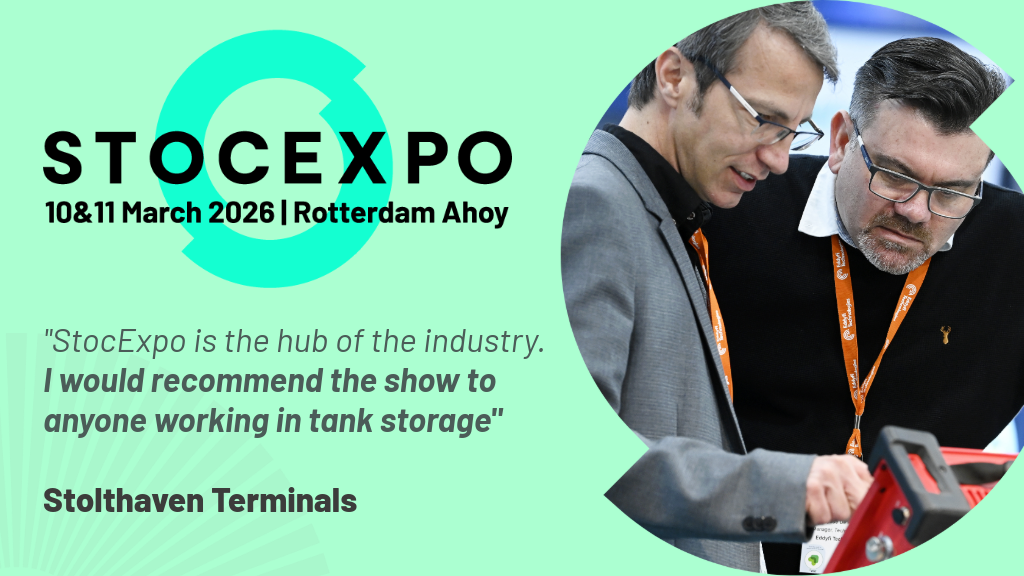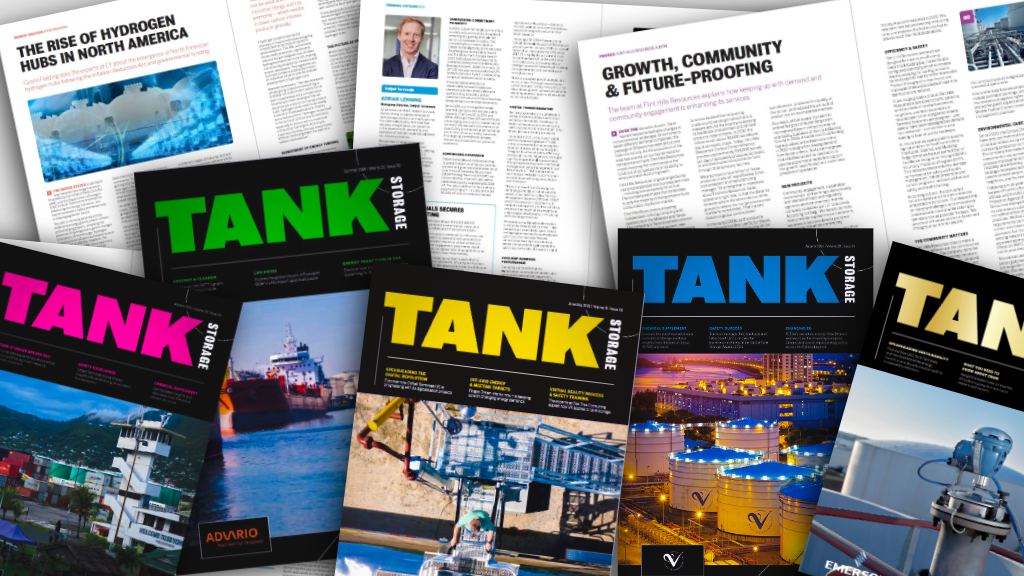The Global Tank Storage Awards
It's time to nominate!
The prestigious Global Tank Storage Awards highlight those that excel in a range of different categories relating to technology supplier achievements, infrastructure awards, individual successes and more. The awards are an opportunity to put an individual or company in the spotlight and reward them for excelling in safety, innovation, efficiency in the industry or overall storage.
Get your entries in
BE INSPIRED. DISCOVER. NETWORK
The Global Tank Storage Awards are the perfect opportunity to have your project, technology, company or colleagues recognised for their excellent work in pushing the industry forward and ensuring safety, environmental consciousness, operational efficiency, and generally making the storage terminal industry a better place to work.
"We believe that in our industry, it is vital that everyone is given the opportunity to be appreciated for the crucial role they play. The awards allows us to do just that - to celebrate the contributions of all our team members in the tank storage business. This recognition motivates us to continue striving for excellence, knowing that our hard work does not go unnoticed."
LBC Lillo
The Global Tank Storage Awards are the perfect opportunity to have your project, technology, company or colleagues recognised for their excellent work in pushing the industry forward and ensuring safety, environmental consciousness, operational efficiency, and generally making the storage terminal industry a better place to work.
"We believe that in our industry, it is vital that everyone is given the opportunity to be appreciated for the crucial role they play. The awards allows us to do just that - to celebrate the contributions of all our team members in the tank storage business. This recognition motivates us to continue striving for excellence, knowing that our hard work does not go unnoticed."
LBC Lillo



